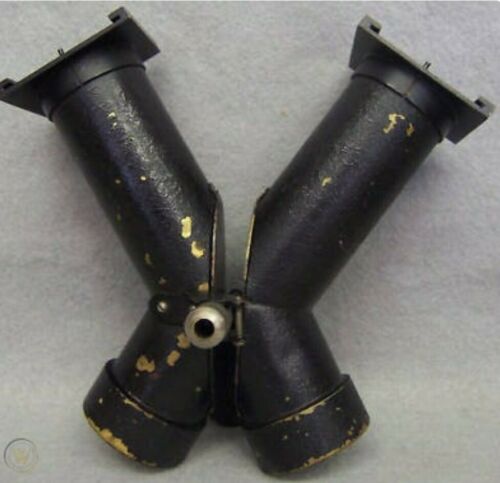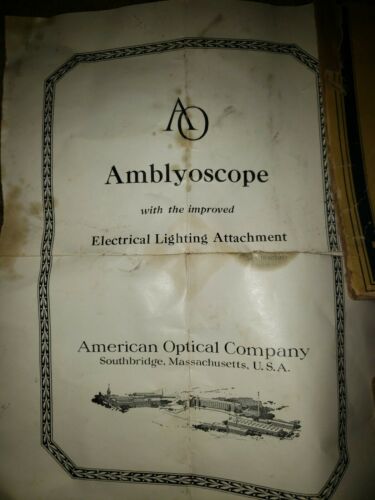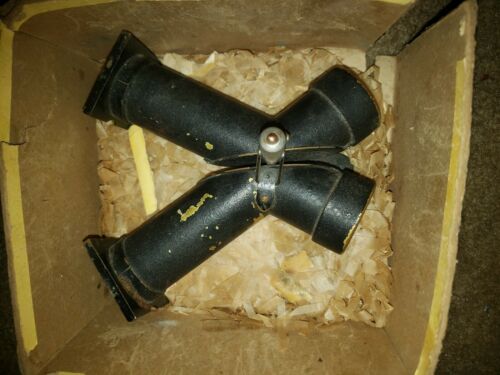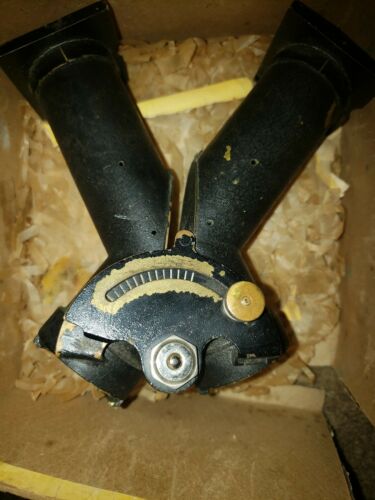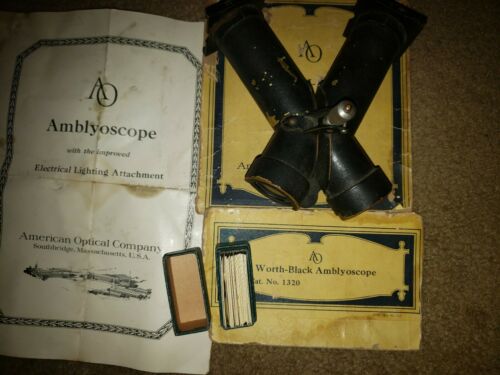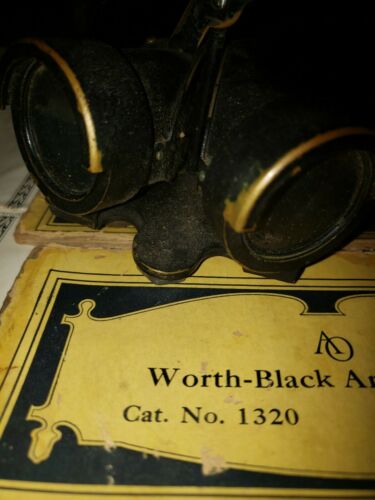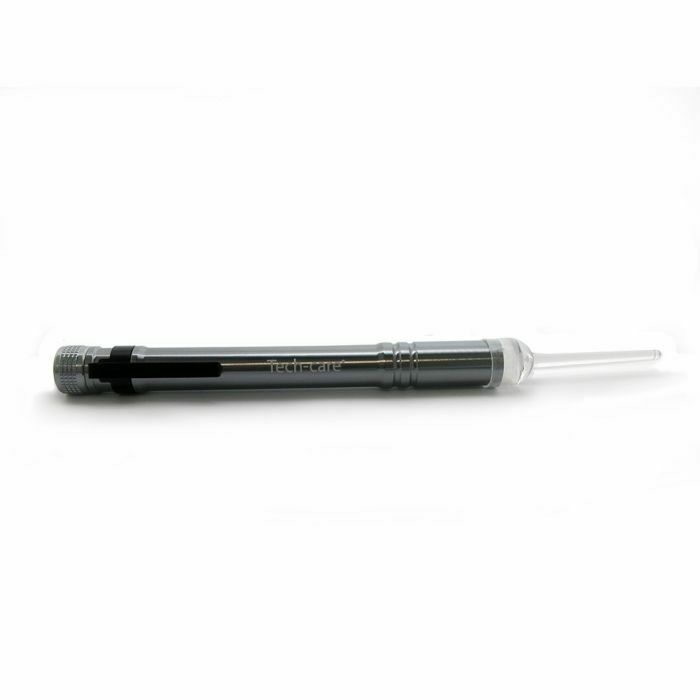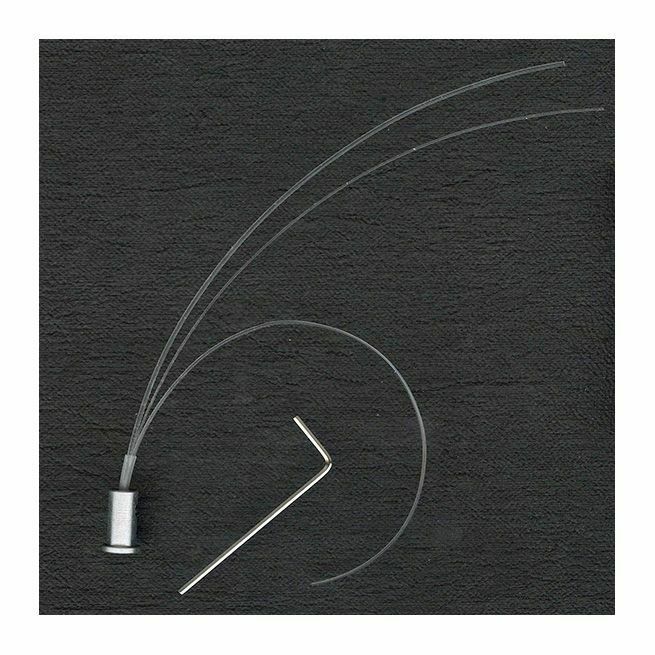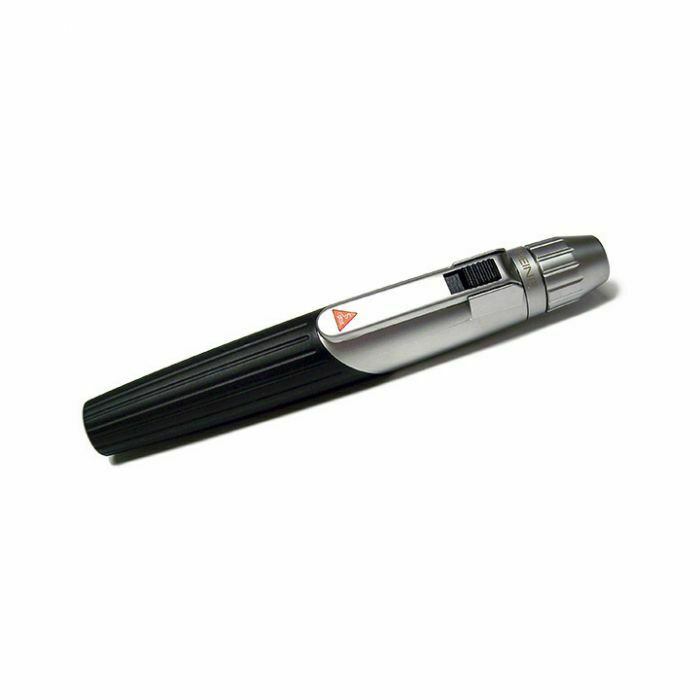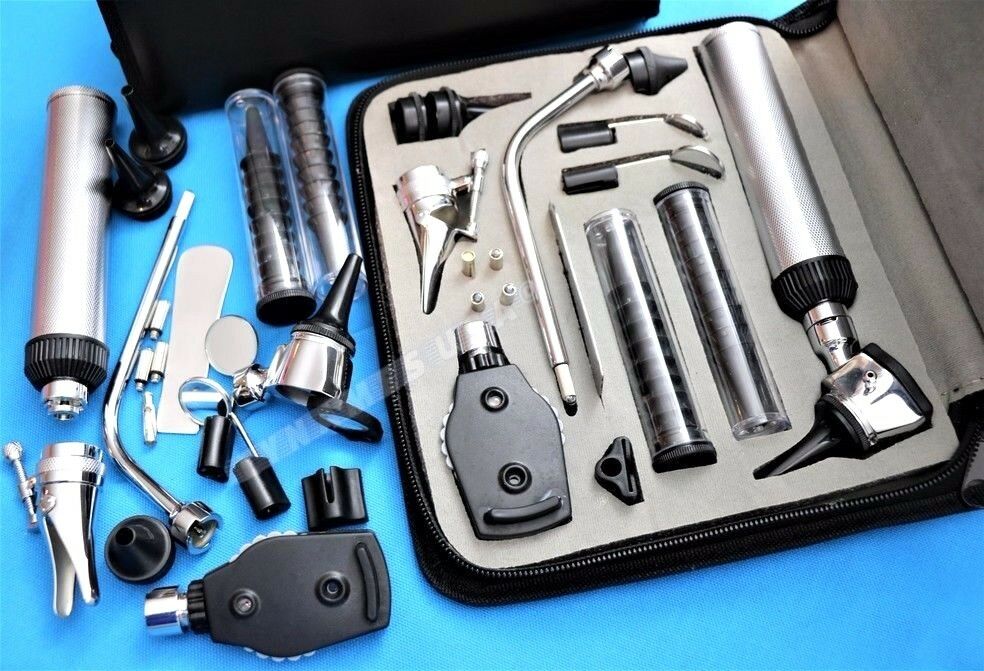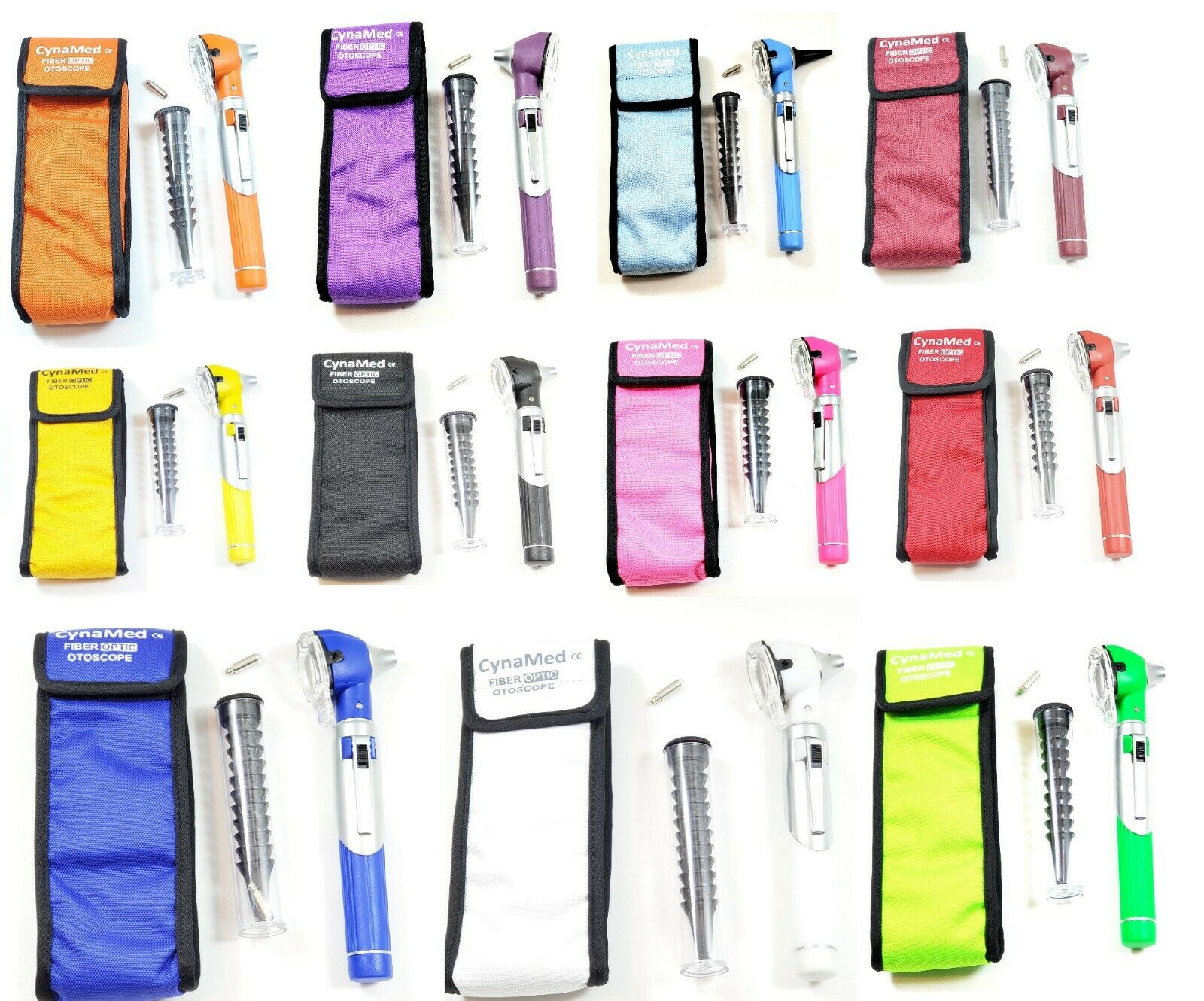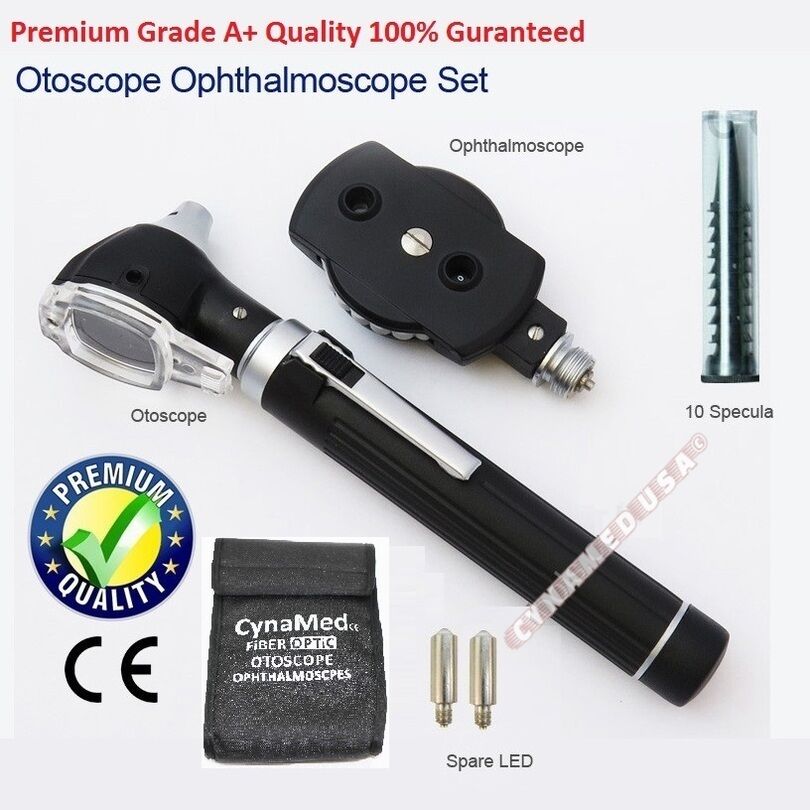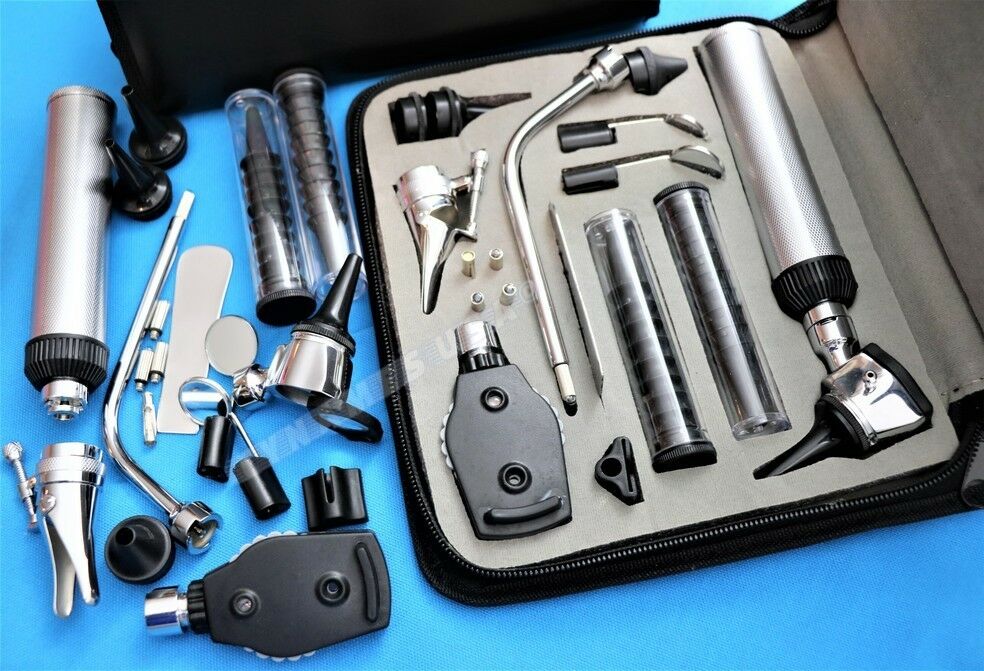-40%
RARE Antique Medical Worth-Black Amblyoscope. American Optical Company. Claud W.
$ 105.6
- Description
- Size Guide
Description
RARE Antique Medical Worth-Black Amblyoscope. American Optical Company.*comes with ALL Original content.
Box has one rip down one side, with cover completley off. See photos
Message with any questions and Thank you for looking!
Worth-Black Amblyoscope
Category: Equipment
Sub-Category: Synoptophore, stereoscope
Designer/inventor: Claud Worth
Year Of Publication/Manufacture: c1920
Time Period: 1900 to 1939
Place Of Publication/Manufacture: USA
Publisher/Manufacturer: American Optical Company
Description Of Item
: Black painted brass instrument, consisting of 2 tubes hinged at the apex with a chromed wheel to adjust the angle between the two eyepieces. Two slide holders for targets. Fenestrated bar with scale to show angle of horizontal deviation. Another chrome knob to alter vertical deviation. Single cell lens holder at each eyepiece. W: 15 cm x D: 14.5 cm x H: 9.5 cm. Amblyoscope is in its original yellow cardboard box labelled 'WORTH-BLACK AMBLYOSCOPE/ AMERICAN OPTICAL COMPANY/ Cat. No. 1320/ Made in U.S.A.' Also in box is original boxed set of 17 pairs of targets.
Historical Significance
: This instrument was designed by Claud Alley Worth (1869-1936), a London based ophthalmologist, who contributed greatly to the theoretical understanding of strabismus & its surgical correction. He started the first orthoptics clinic at Moorfields Hospital. and published an improtant text book on orthoptics in 1903. The amblyoscopewas orginally mase by AW. Hawes, Opticians, London, in 1895. Black added the vertical adjustment in 1906. The instrument was used for orthoptic treatment of binocular vision disorders. The patient views targets at the end of each tube seen at optical infinity through the eyepiece lenses. Mirrors inside the tubes enable the tubes to be rotated relative to each other so that the angle between the two tubes can be varied over a wide range. of convergence and divergence.
